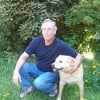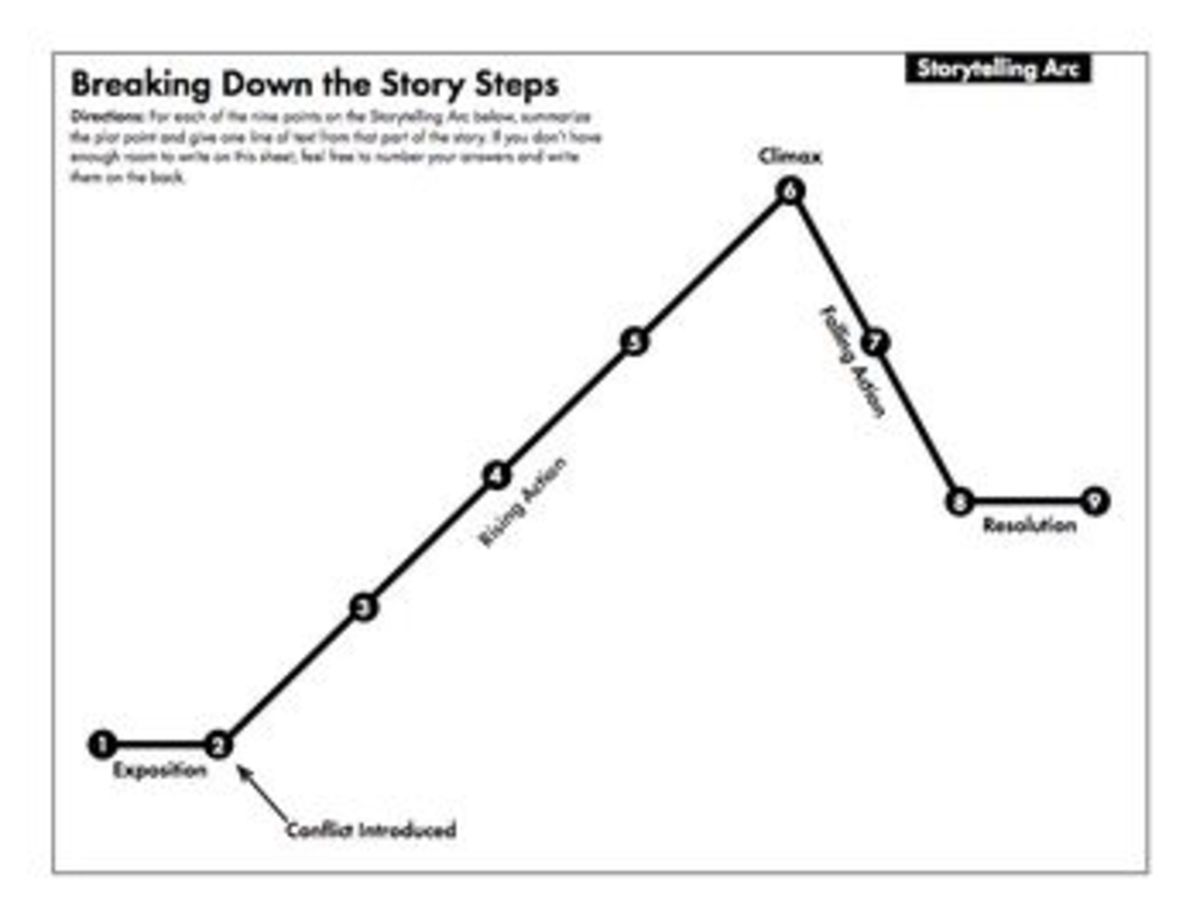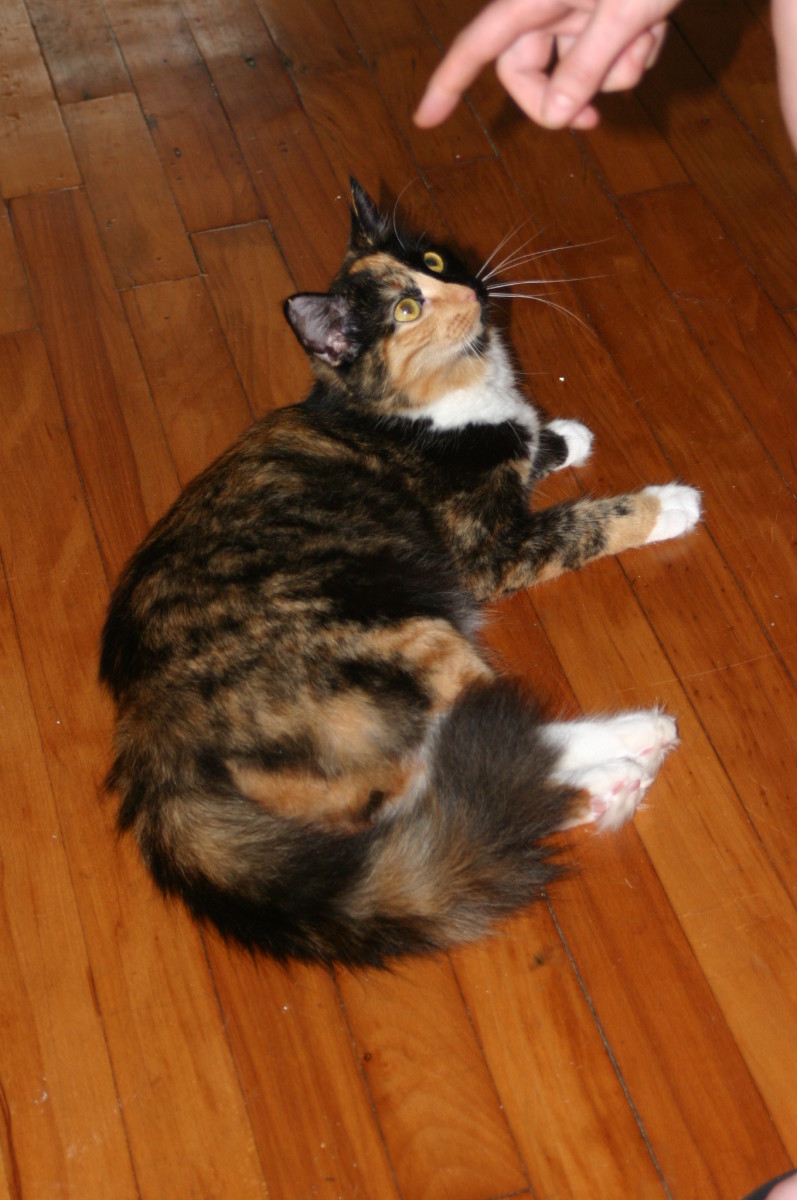Character Development Tips To Improve Your Short Stories and Novels
The Hard Truth About Characters
"Talking is a hydrant in the yard and writing is a faucet upstairs in the house. Opening the first takes the pressure off the second."
Robert Frost
Take a moment and think of the most boring person that you know. Got them in your mind? Why are they boring? Are they one-dimensional? Are they mono-syllabic when they speak? Do they have the depth of a wading pool?
It is my belief that all people are interesting and have a story to be told, and it is also my belief that main characters in your book or short-story better be interesting or they have no business being in your story.
Here is a truth that you can take to the bank: readers want to relate to your story and characters. Think of some of your favorite characters in novels. Why are they your favorites? Chances are it’s because they were engaging, and you got to know them as real people. That is your job as a writer, to bring your characters to life so that your readers want to meet them and know them better.
And how do you do that you ask?

"When writing a novel a writer should create living people; people not characters. A character is a caricature."
Ernest Hemingway
INTERVIEW YOUR CHARACTERS
I’m dead serious. Sit down and conduct an interview with your main characters. Ask them what their beliefs are. Ask them what their favorite foods are, and ask them what their childhood was like. No, you won’t be using all of this information in the book you are writing, but you will develop a portrait of the character by doing this. The more you know about your characters, the more their personality will shine in your story and that is your goal.
So sit down with a blank sheet of paper and list your main characters. Next, interview each one and list their characteristics. Finally, write a personal mission statement for each character. What do they want out of life? What is important to them and what are their goals? When you can answer those questions then you are ready to introduce them into your book.
GIVE CHARACTERS LAYERS
There is a little bad and a little good in all of us. Admit it! The same should be true for your characters. Give your characters layers and depth. In order for your readers to relate to your characters, the characters must resemble real human beings. Heroes have dark sides and villains have redeeming qualities.
WHAT DOES YOUR CHARACTER LOOK LIKE?
Writers are artists. It is our job to paint a picture using our words. In other words, what do your characters look like?
Write down a physical description of each character. How tall are they? Are the overweight or muscular? Do they walk with a hitch or stride purposefully? The readers are seeing your characters through your words, so sit down and write out a complete physical description of each character.
You might find it easier to go out in public and take pictures of people, and then use those pictures as an aid in describing your characters.
Join me on my writing blog
- Artistry With Words | A topnotch WordPress.com site
Tips, suggestions, favorite writing sites, motivational quotes and other helpful ideas for all writers.

Thoughts on my writing process
"In Hollywood the woods are full of people that learned to write but evidently can't read. If they could read their stuff, they'd stop writing."
Will Rogers
WHAT ARE YOUR CHARACTER NAMES?
Try to steer away from the mundane and common place when naming your characters. Remember that you want your characters to be memorable and there is nothing memorable about John or Mary.
Atticus, though, is memorable, as are Hans Solo and Mr. Peepers. Try to have the name reflect the person. A steady, trustworthy hero should not be called Marion…..better to go with John Wayne.
Pay attention to the sound of the name. Dirk is tough; Timothy is not.
AVOID LONG-WINDED CHARACTER DESCRIPTIONS IN YOUR BOOK
In a word, these are boring. I have personally read novels where one character’s description lasted three pages. By the end of the three pages I hated the character and in fact hated the novel….and yes, it was written by a Russian novelist. J
A better approach is to add a little about your characters throughout your book. You can begin with the basics at first, and then as that character interacts with other characters you can learn more about them during conversations.
IMITATION IS FLATTERING BUT LACKS IMAGINATION
My favorite character in fiction has been, is now, and always will be Atticus Finch from “To Kill A Mockingbird.” Having said that, the worst mistake I could make would be to make a character in my next book an Atticus clone. Been there, done that and yes, the book was already written.
Be creative. One of the main characters in my novel “The 12/59 Shuttle From Yesterday To Today” was a guy named Tweetie. Tweetie was a far-out hippie who was a compilation of guys I knew in college during the Sixties. I had great fun developing his character and I feel confident in saying he is unique and all mine.
Notice that I said Tweetie IS UNIQUE! I used presence tense because to me, Tweetie is alive. I lived with that lanky weirdo for three years and I know him like he’s my brother. He even has his own Facebook page. J
FIND INSPIRATION FROM REAL LIFE
I don’t know about you but my life has been filled with interesting people. All I have to do is combine a couple of them and I have a fascinating character for my next book.
Something else I have done is to take a notebook with me when I’m out in public. When I see an interesting specimen I jot down a description of that person. A few years ago I saw an extremely-overweight woman with gold chains and bracelets and heavy makeup at a water park. I couldn’t take my eyes off of her and she eventually ended up in a story I wrote. In real life I’m sure that woman had a fascinating story. In my book she had one as well, one born from that sighting at the water park.

Were these suggestions helpful?
Final Test
"If you do not breathe through writing, if you do not cry out in writing, or sing in writing, then don't write, because our culture has no use for it."
Anais Nin
When you get all done developing your characters and when the final interview with them is over, ask yourself this one simple question: do I like them?
If you don’t like your characters then chances are excellent that your readers won’t either. Remember that characters must be relatable. We all remember Hannibal Lecter, as despicable a character as has ever been created and yet….there was something likeable about him. He was charming, he was funny, he was witty and oh yes, he was also a serial killer who ate his victims.
May we all have an Atticus Finch or Hannibal Lecter in our writing future.
2013 William D. Holland (aka billybuc)
"Helping writers to spread their wings and fly."









